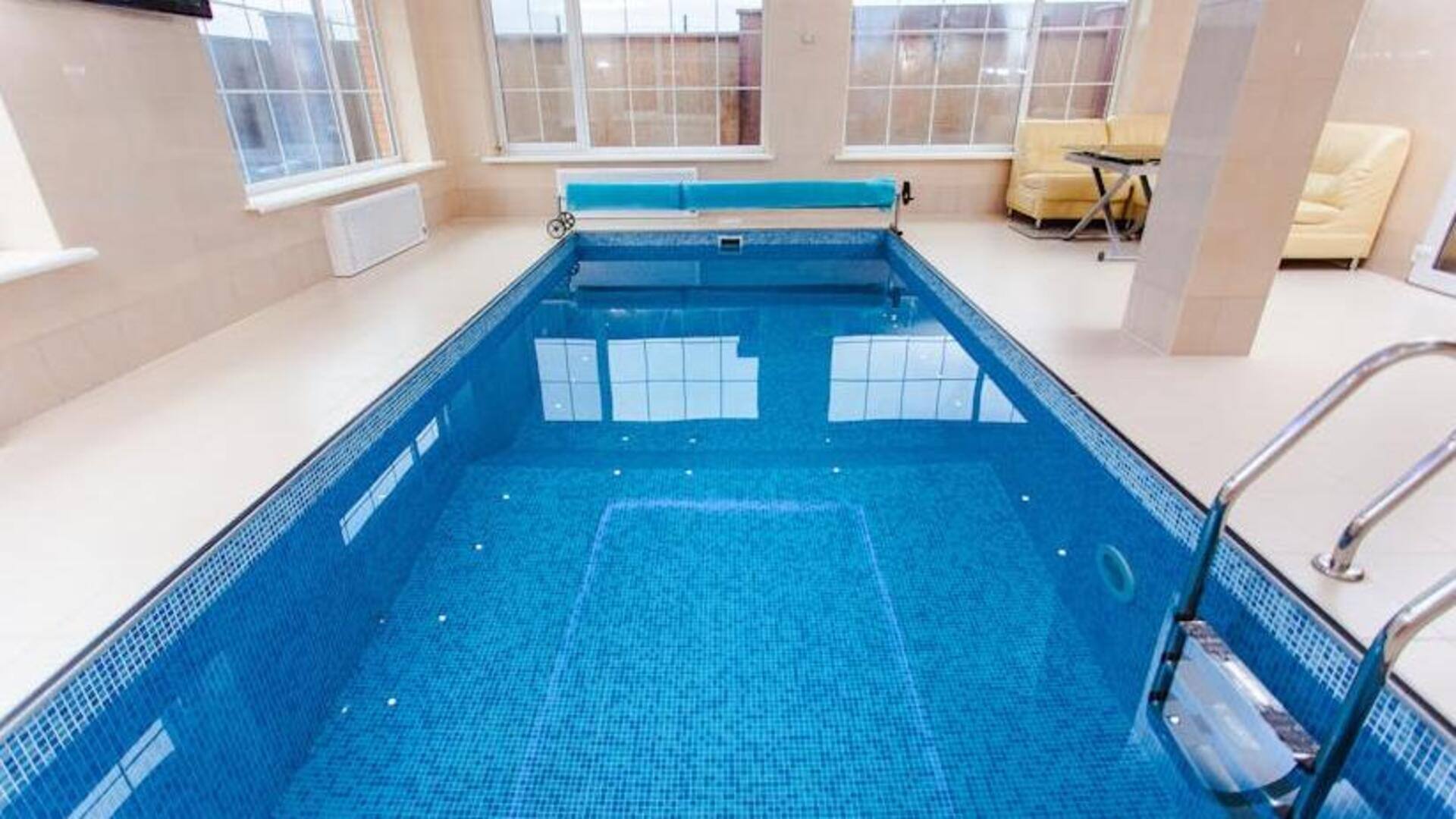
Debunking the swimming and eating myth
What's the story
Almost all of us grew up hearing the well-intentioned warning: "Don't go swimming right after you eat!" This piece of advice, a staple of parental wisdom, cautions against the perceived dangers of jumping into the pool (or any body of water, for that matter) on a full stomach. The concern? You might get a cramp, or worse. But is there any truth to this claim? Let's separate fact from fiction.
Myth 1
No swimming on a full stomach?
The prevailing myth asserts that consuming food before swimming might result in debilitating muscle cramps, potentially leading to drowning. Scientific research, though, offers no support for this claim. Yes, digestion does redirect some blood flow toward the stomach, but this minor shift doesn't drastically increase cramp susceptibility or hinder swimming ability for most.
Myth 2
The drowning risk after eating
Another facet of this myth asserts that eating before swimming drastically increases the risk of drowning. This notion probably originated from overblown anxieties about muscle cramps causing an inability to swim. In truth, there's no established link between eating before swimming and a heightened risk of drowning. Swimmers should focus more on their capabilities and environmental awareness, rather than meal timing.
Myth 3
Waiting periods are essential
The old adage that you should wait 30 minutes to an hour after eating before hitting the pool is not rooted in scientific evidence. People's bodies react differently to exertion after a meal. Many of us can handle light to moderate swimming soon after eating. Listening to your body, rather than sticking to a rigid timeline, is the key to a safe and enjoyable time in the water.